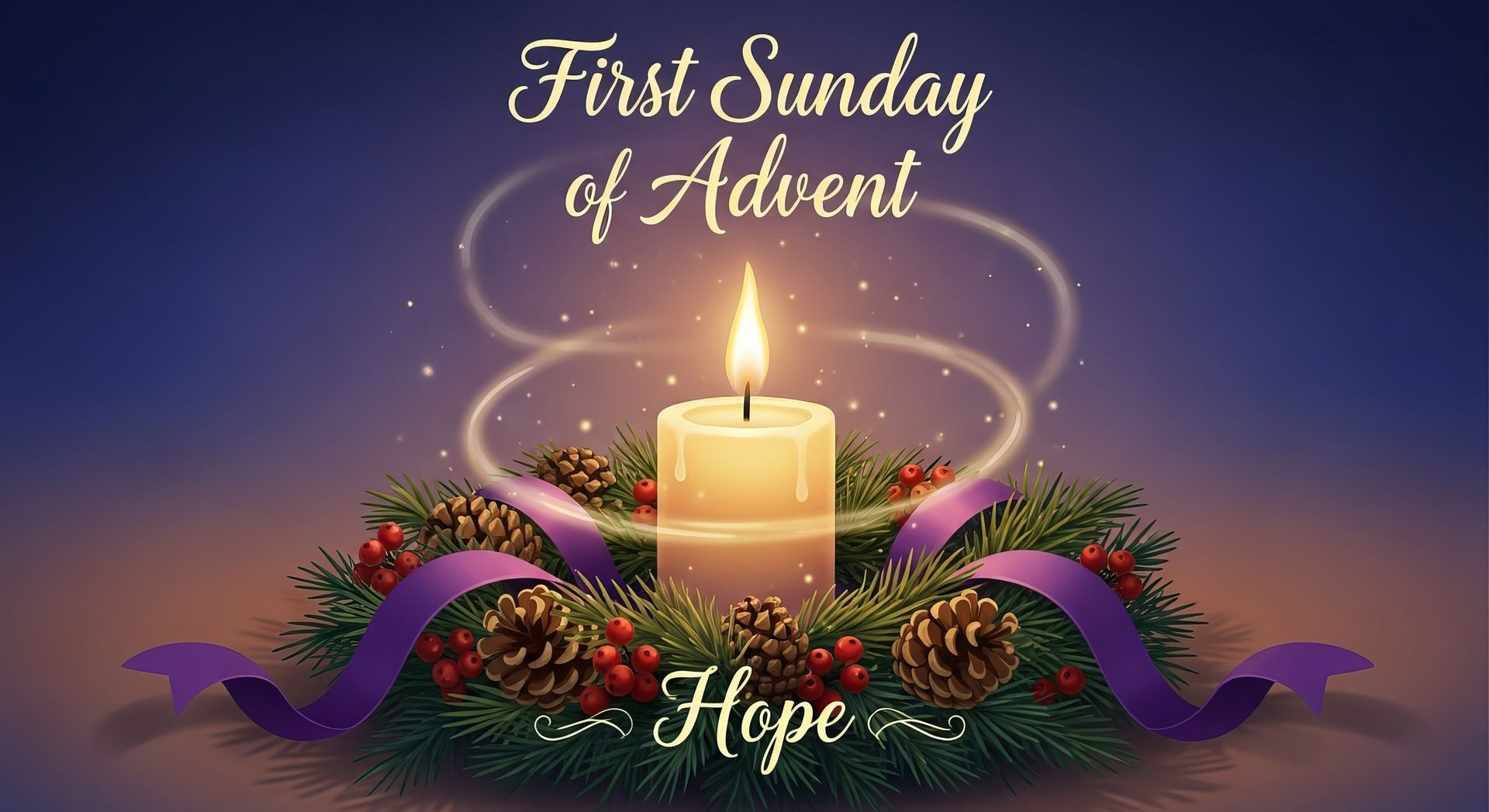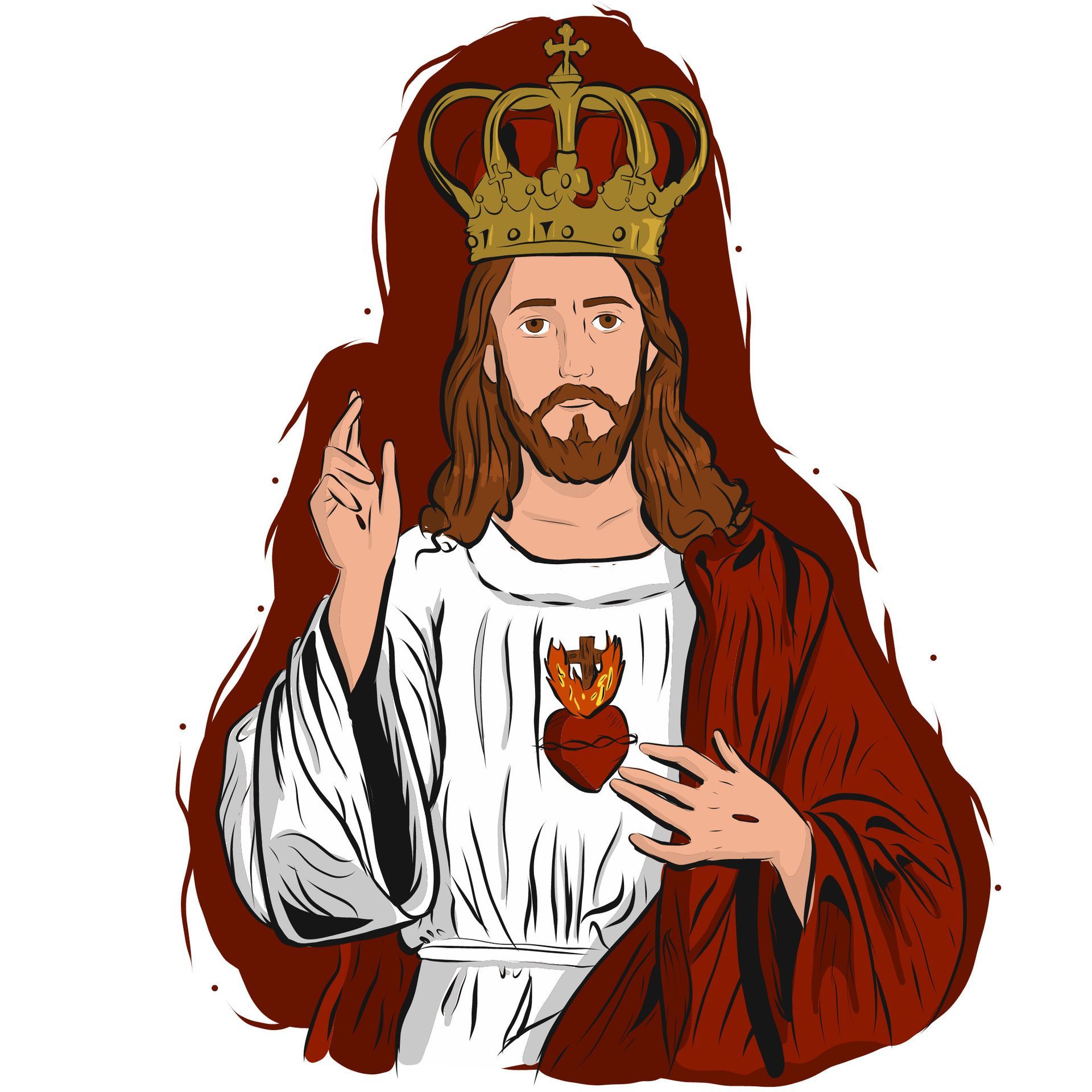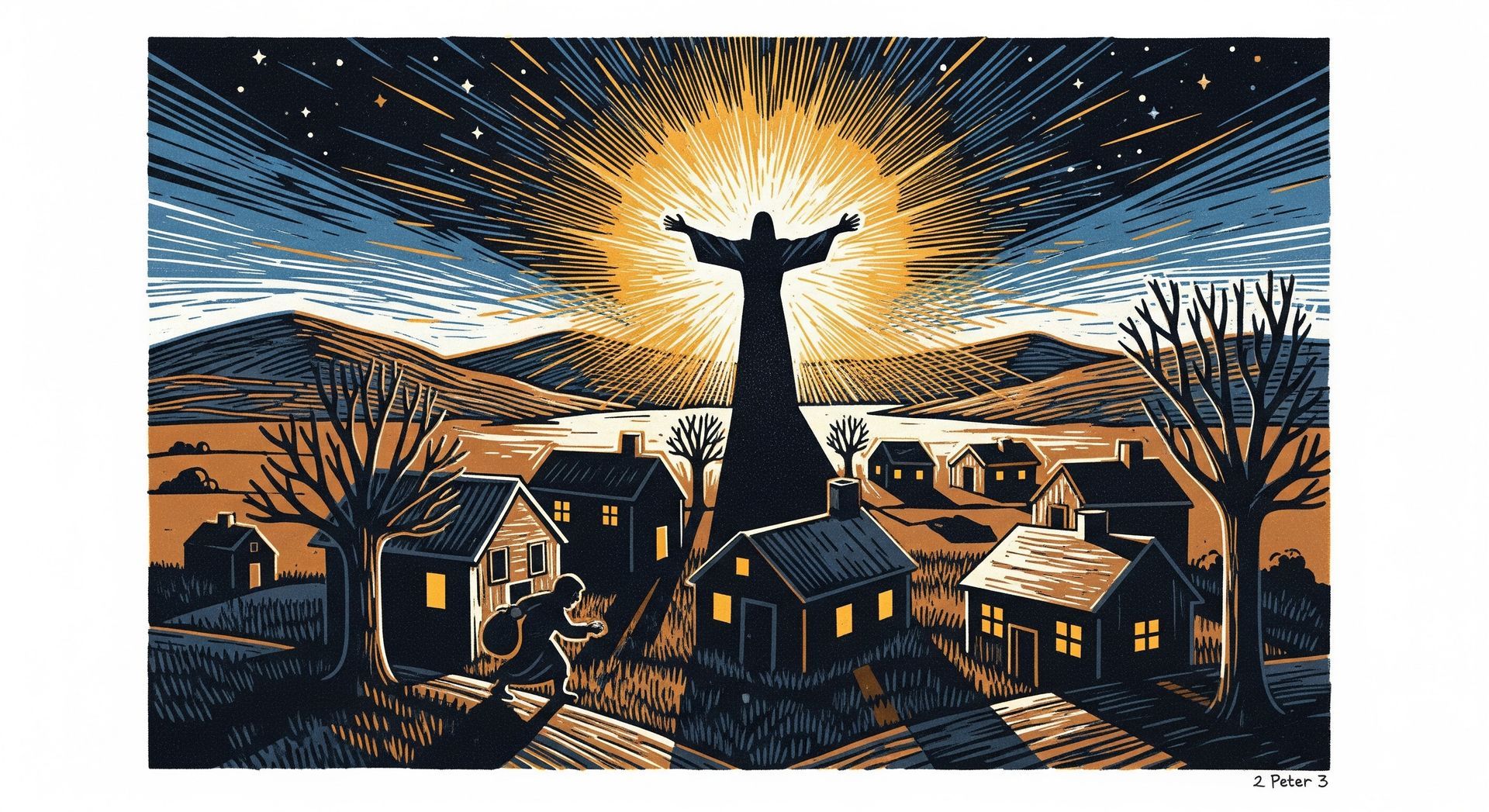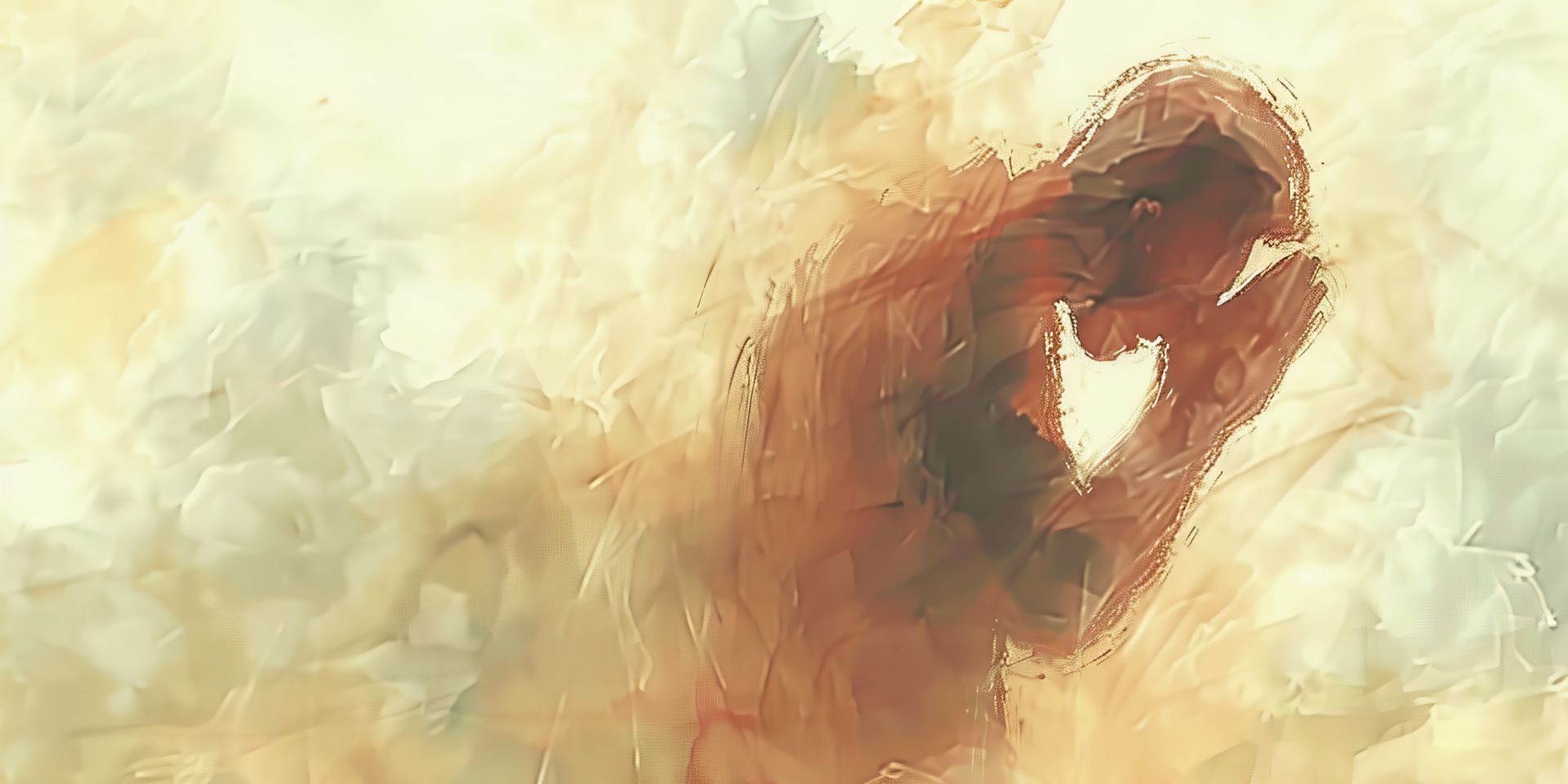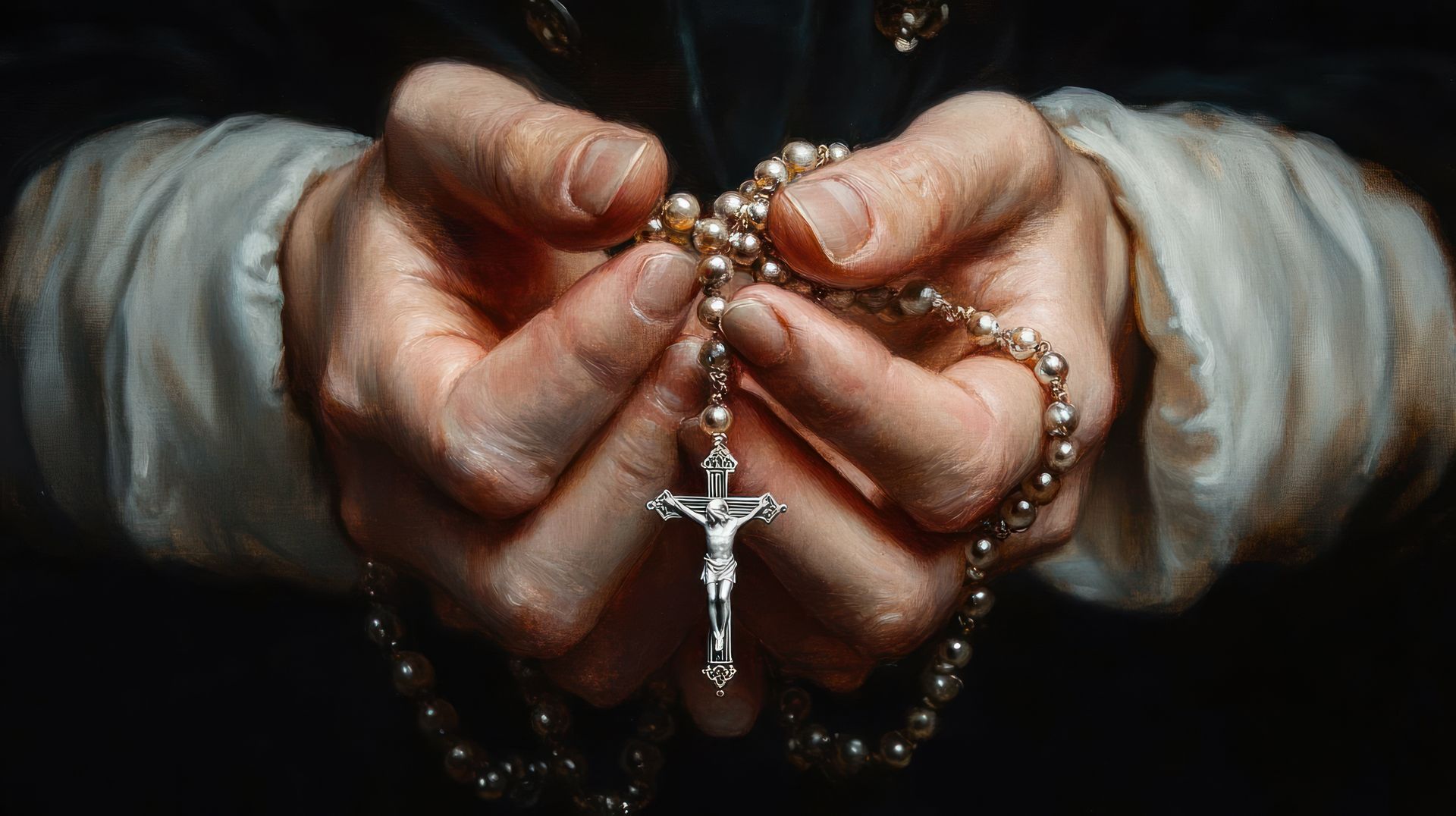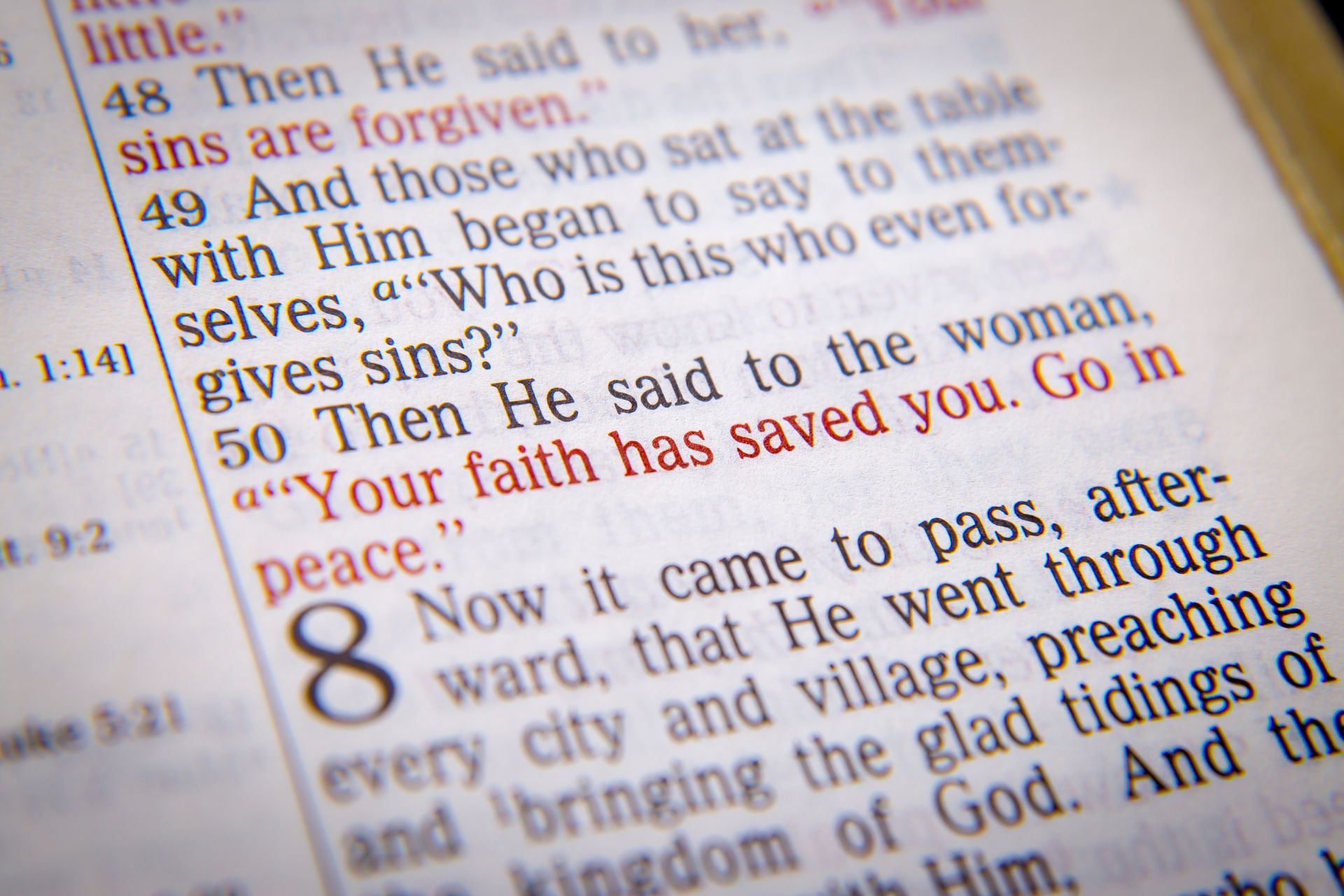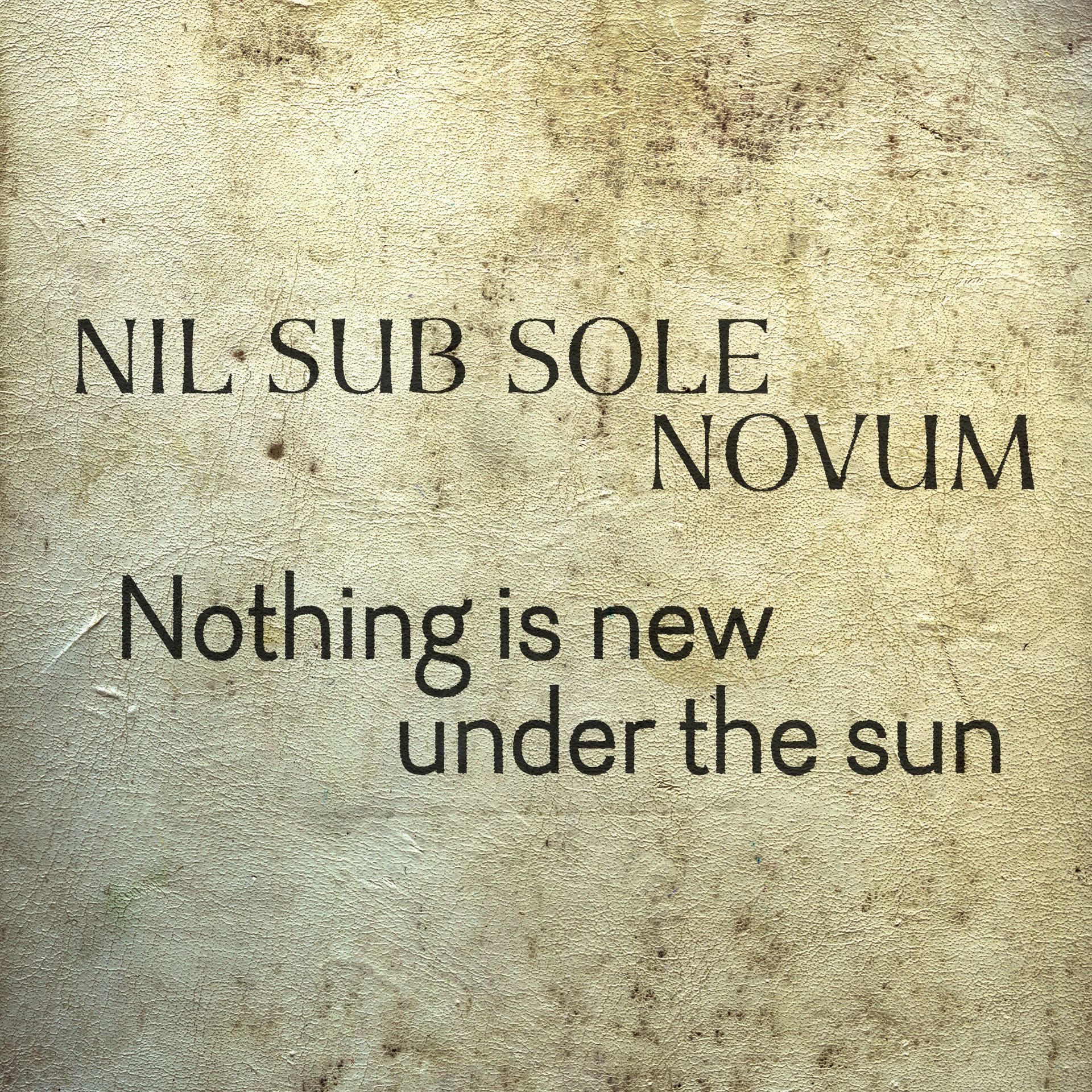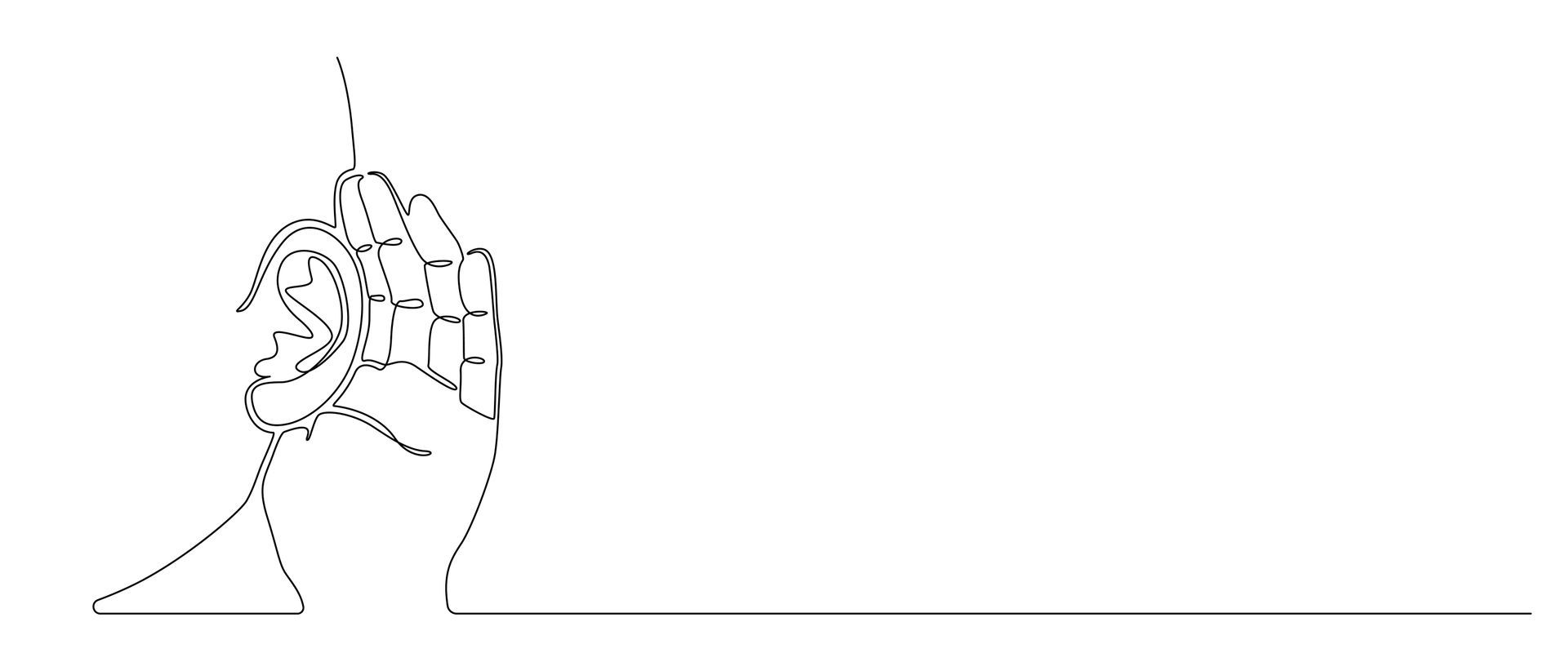Exiit qui seminar - Ash Wednesday
Ash Wednesday, a little different this year.
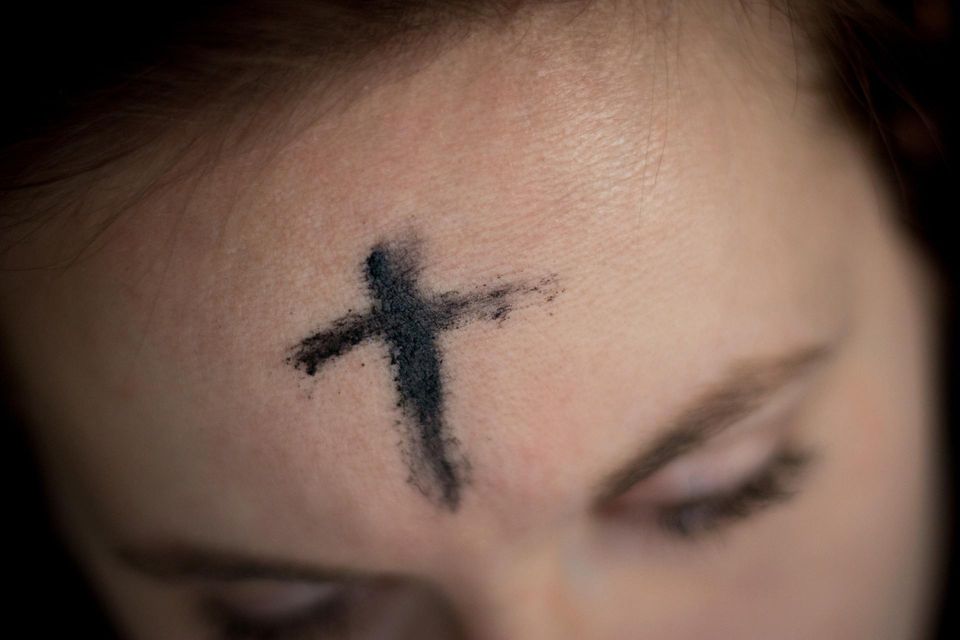
As you may be aware, Ash Wednesday is going to look a little different this year. Instead of having the normal cross of ashes placed on our foreheads, we will have the ashes sprinkled on top of our heads instead. This "Day of Ashes" has its foundation in the life of the Church from the 8th century. Its practice comes from the multiple examples in the Old Testament of using ashes and sackcloth as symbols of repentance. One example in particular can be seen in the Book of Nehemiah, Chapter 9 Verse 1: "On the twenty-fourth day of this month, the Israelites gathered together while fasting and wearing sackcloth, their heads covered with dust." The Jewish people from the nation of Judah had just been restored to their native homeland by the Persians after being exiled by the Babylonians for 50 years. However, the Israelites struggled to rebuild their home.
Nehemiah, hearing of his people's plight, asks the Persian King for permission to return home in order to aid his people. The king agrees and names Nehemiah as governor in charge of restoring the Temple of the Lord and the nation of Judah. Through the work of Ezra the scribe, a book of the law of God, long thought missing, is found and read before the people. As a part of the law, there was to be a public confession of sin by the people. Nehemiah 9:1 describes the preparation of the Israelites to do just that. It mirrors our own preparation of the Lenten season as we, as a people of faith, try to restore our lives to mirror more like Christ’s. Through the practice of prayer, fasting and almsgiving (giving to the poor), we not only ask our Lord to be merciful to us, but give us His grace and the strength to "repent and believe in the Gospel".
As a part of my research, I couldn't find a clear answer to the origins of why English speaking countries have crosses on their foreheads while the rest of the world has ashes sprinkled on top of their heads. One theory that seems the most plausible is that by wearing that a visible cross made of ashes gives us a greater opportunity to give witness to the journey that we are about to embark on for the next 40 days. So even though HOW we receive ashes will be different, WHAT we do during Lent, as well as what it symbolizes remains the same. May the Lord bless us during these upcoming 40 days!
Sincerely yours in Christ
Fr. Rob Sinatra
New Paragraph
